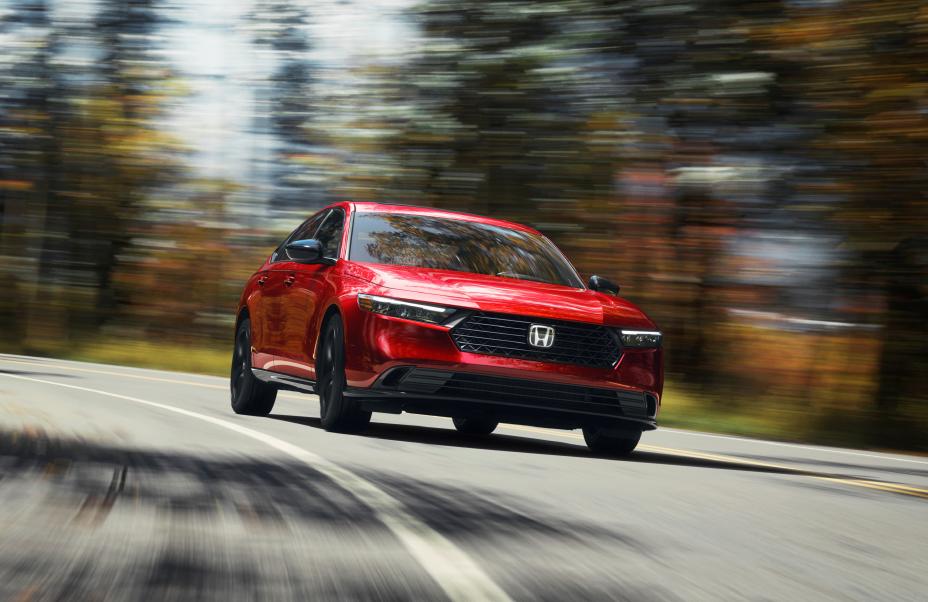In a surprising move within the automotive industry, Honda has recently announced its decision to discontinue the Honda e model in the UK and Europe, marking a notable shift in the company’s electric vehicle strategy.
This decision comes amidst a time of rapid transformation in the automotive sector, characterized by a growing emphasis on electric mobility and sustainable transportation solutions. Initially hailed as a significant step towards Honda’s electrification goals, the Honda e, with its futuristic design and eco-friendly attributes, garnered attention and positive reception upon its launch.
Background of the Honda e
The Honda e, introduced as an urban electric vehicle, was celebrated for its compact size, sleek aesthetics, and innovative technology. Boasting a cutting-edge design that seamlessly fused modernity with sustainability, the vehicle offered a glimpse into the future of electric mobility.
Equipped with advanced features such as a high-resolution digital cockpit, AI-driven assistant capabilities, and a commendable range on a single charge, the Honda e garnered praise for its commitment to delivering a unique and eco-conscious driving experience.
Reasons Behind the Decision
Despite initial enthusiasm and positive feedback from consumers and experts alike, Honda’s decision to discontinue the Honda e in the UK and Europe has left many puzzled. While specific details surrounding this move remain scarce, industry analysts speculate that several factors might have contributed to this decision.
- Market Dynamics: The rapidly evolving electric vehicle market has become increasingly competitive. Honda might have faced challenges in achieving the desired market penetration or meeting sales targets in the UK and European regions due to various factors such as pricing, range, and charging infrastructure.
- Shift in Strategy: Companies often reassess their product portfolios and strategic priorities based on market dynamics and changing consumer preferences. Honda might be reallocating resources or shifting focus towards other electric or hybrid models to better align with its long-term objectives.
- Regulatory Pressures: Stringent emission regulations and evolving government policies might have influenced Honda’s decision-making process. Adapting to changing regulatory landscapes while maintaining profitability is a significant consideration for automotive manufacturers.

Implications and Future Outlook
The discontinuation of the Honda e raises questions about the future of Honda’s electric vehicle lineup in the UK and Europe. Will the company introduce alternative electric models tailored to meet the evolving market demands? Or does this decision signal a temporary setback in Honda’s electric vehicle endeavors in these regions?
Consumers, enthusiasts, and industry observers eagerly await Honda’s forthcoming announcements regarding its future electric mobility initiatives. Additionally, this move prompts discussions about the challenges faced by automakers in the transition towards sustainable transportation and the crucial role of consumer adoption and supportive infrastructure.
In conclusion, Honda’s decision to pull the plug on the Honda e in the UK and Europe underscores the complexities and challenges inherent in the automotive industry’s shift towards electric mobility. As the industry continues to evolve, adaptability, innovation, and strategic decision-making will remain pivotal for manufacturers aiming to navigate the dynamic landscape of sustainable transportation.

